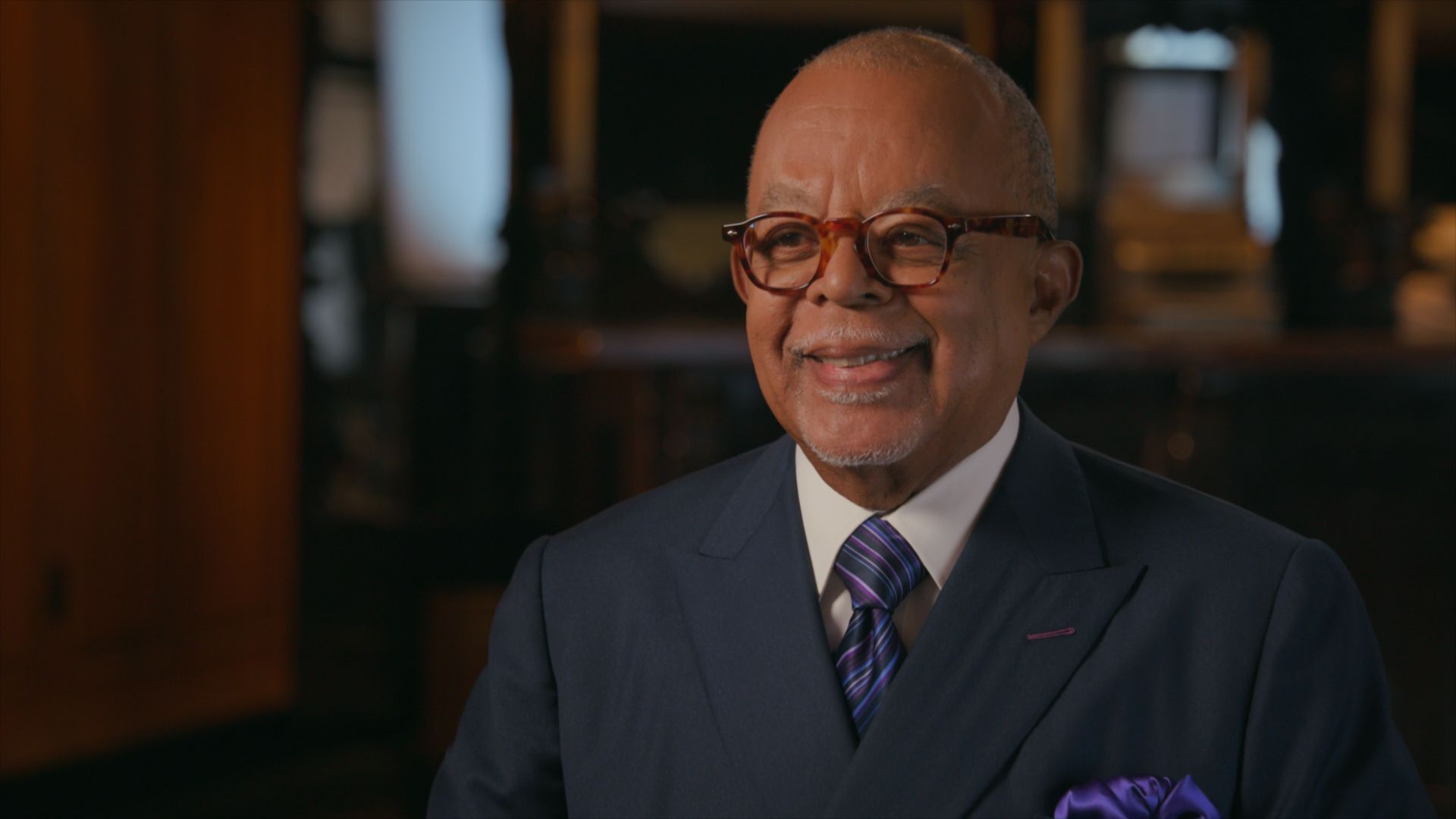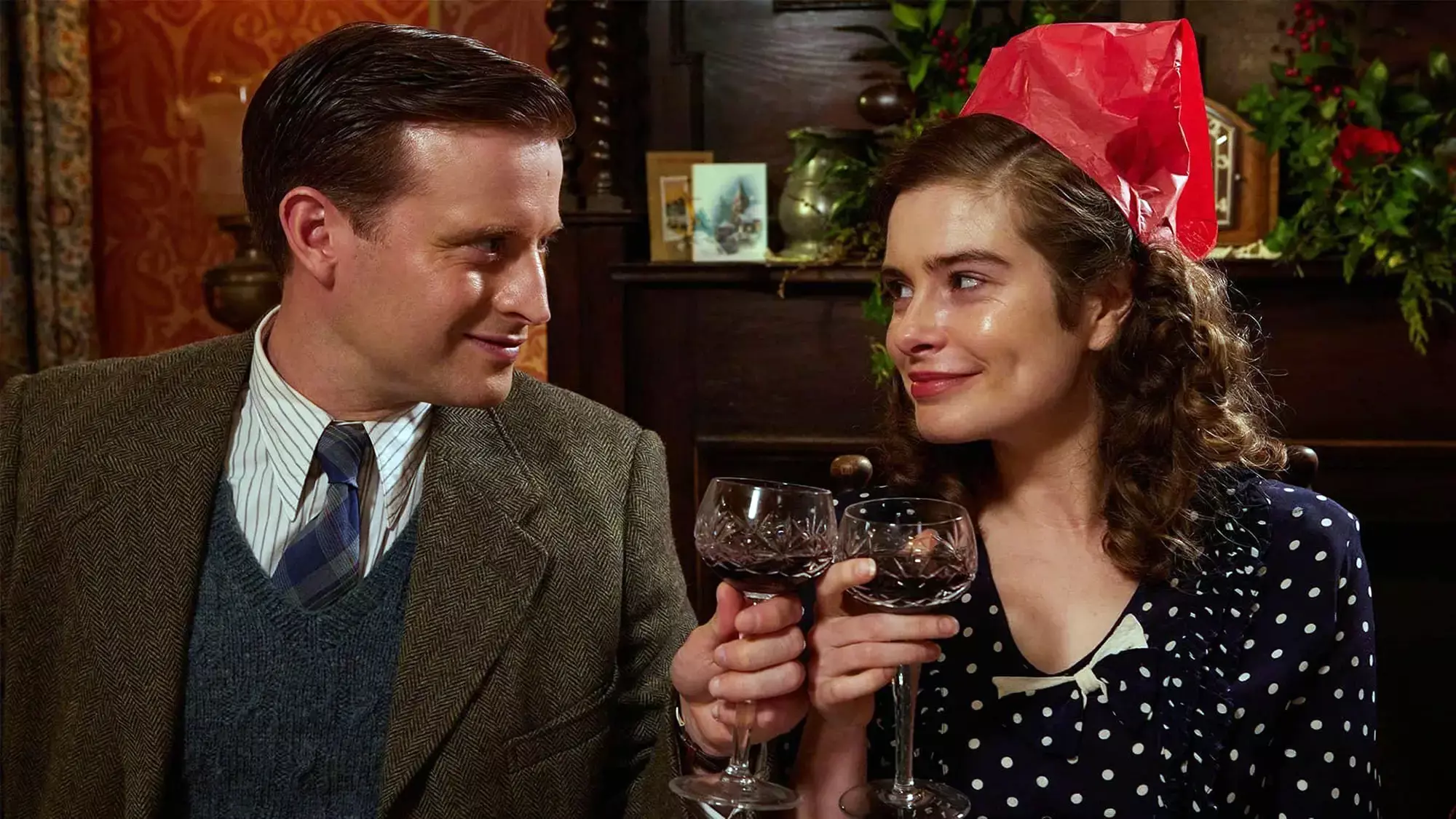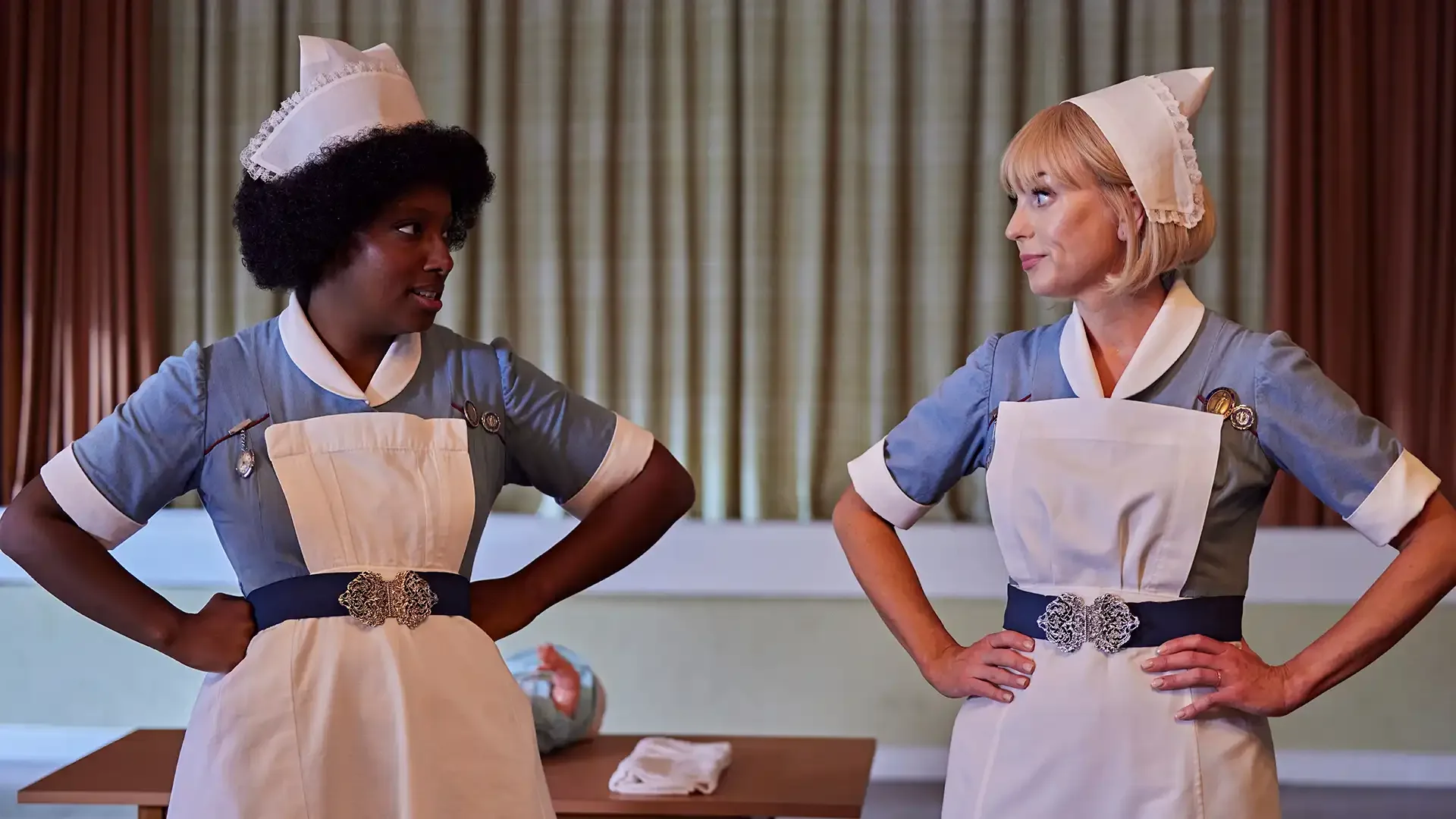Do you think you know what it means to be human? In “Human Footprint” on PBS, Biologist Shane Campbell-Staton asks us all to think again. As he discovers, the story of our impact on the world around us is more complicated — and much more surprising — than you might realize.
Here are the top five moments from “Human Footprint” that nobody saw coming.

#1: Wild Horses Are an Invasive Species
Whether you live and breathe the American West or have just seen a few cowboy movies, you’re likely familiar with the legacy of wild horses. However, despite being an integral part of the culture, story and history of this area, horses aren’t actually a native species.
In Episode 1 of “Human Footprint,” Shane learns that our equine companions first appeared in North America between 10 and 20 million years ago. Despite successfully spreading to other parts of the world via an ancient land bridge, the species went extinct here about 10,000 years ago. It wasn’t until 1493 that Spanish explorers brought horses back across the Atlantic — and now these animals can double their population every four to five years.
All of this plus their ability to quickly consume resources and outcompete native species makes horses a particularly noteworthy invader — if a much-loved one.
CLARIFICATION (Oct. 18, 2024): Additional information about the sources for this episode is available here.
#2: Leisure Hunters Saved Ducks at the Chesapeake Bay
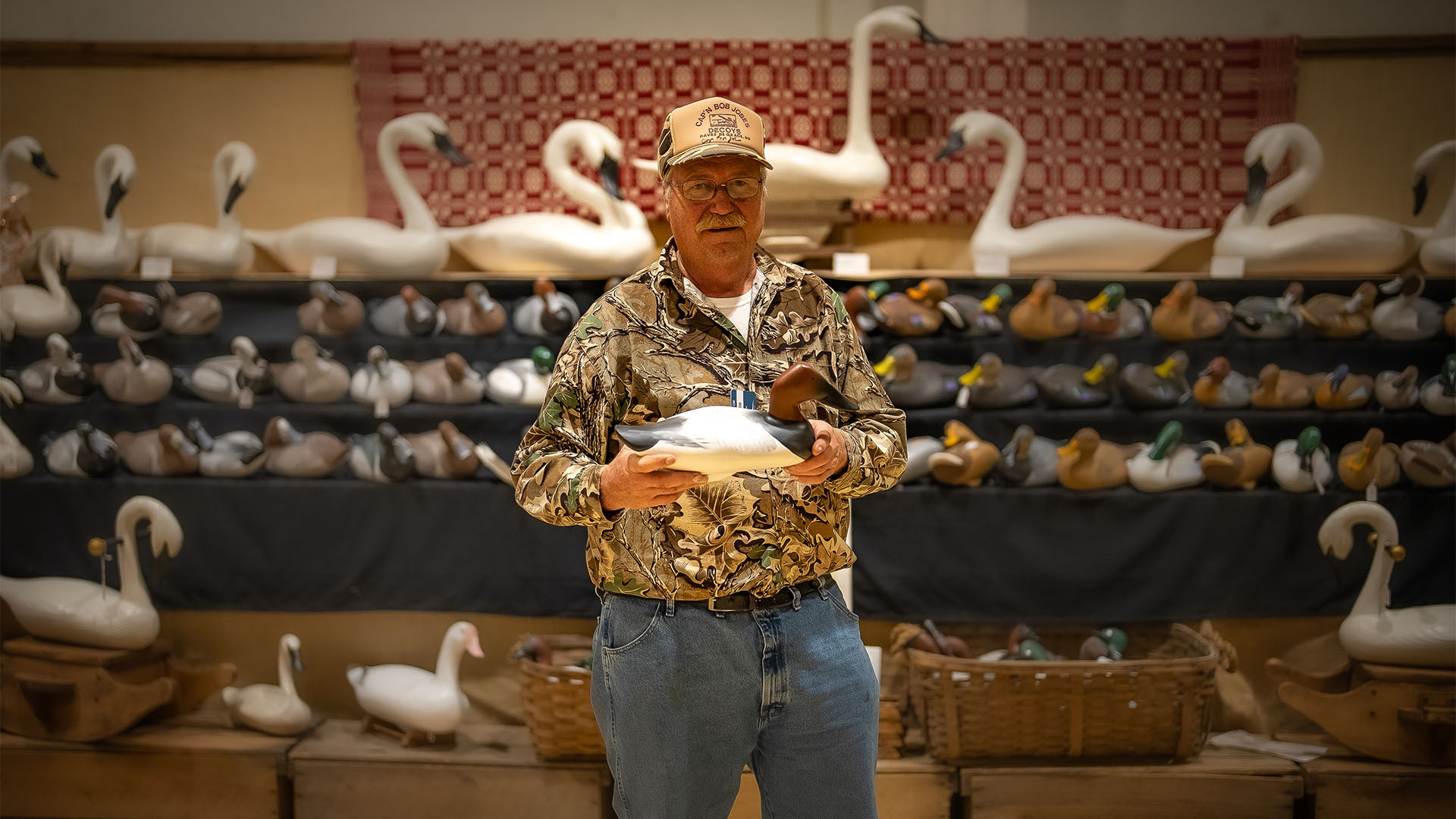
Visit the Chesapeake Bay today and you’re sure to hear some friendly quacking. Believe it or not, we have leisure hunters to thank for the continued existence of ducks in this area.
Before the 20th century, commercial duck hunting was all the rage. In Episode 2, Shane gets to see a gun that, by some accounts, could kill 50 birds in a single shot. Chesapeake Bay ducks weren’t exactly thriving during this time. However, when leisure hunters realized their pastime was being threatened, they pushed to protect the species. They succeeded in the early 20th century, when laws were passed to limit the commercial hunting and selling of ducks.
It may seem ironic, but the people who hunt these birds for sport were also the people responsible for saving them.
#3: Purebred Dogs Help Study Cancer

Plenty of people like to believe their dog is smart, but did you ever think a purebred pooch might help researchers better understand a disease like cancer? It’s true — and as Shane discovers in Episode 3, it’s helping save lives.
Purebred dogs are valued for particular breed traits, which are passed down through nearly identical genes. With so many similarities, any genetic variations — such as those responsible for cancer — are easy to spot. That means researchers can study purebred dogs and their health throughout life, identifying how genes play a role in cancer predisposition and more.
If you have a furry friend, give them an extra pat on the head today; their relatives might be helping humans all over the world.
#4: Frogs Were Used As Pregnancy Tests
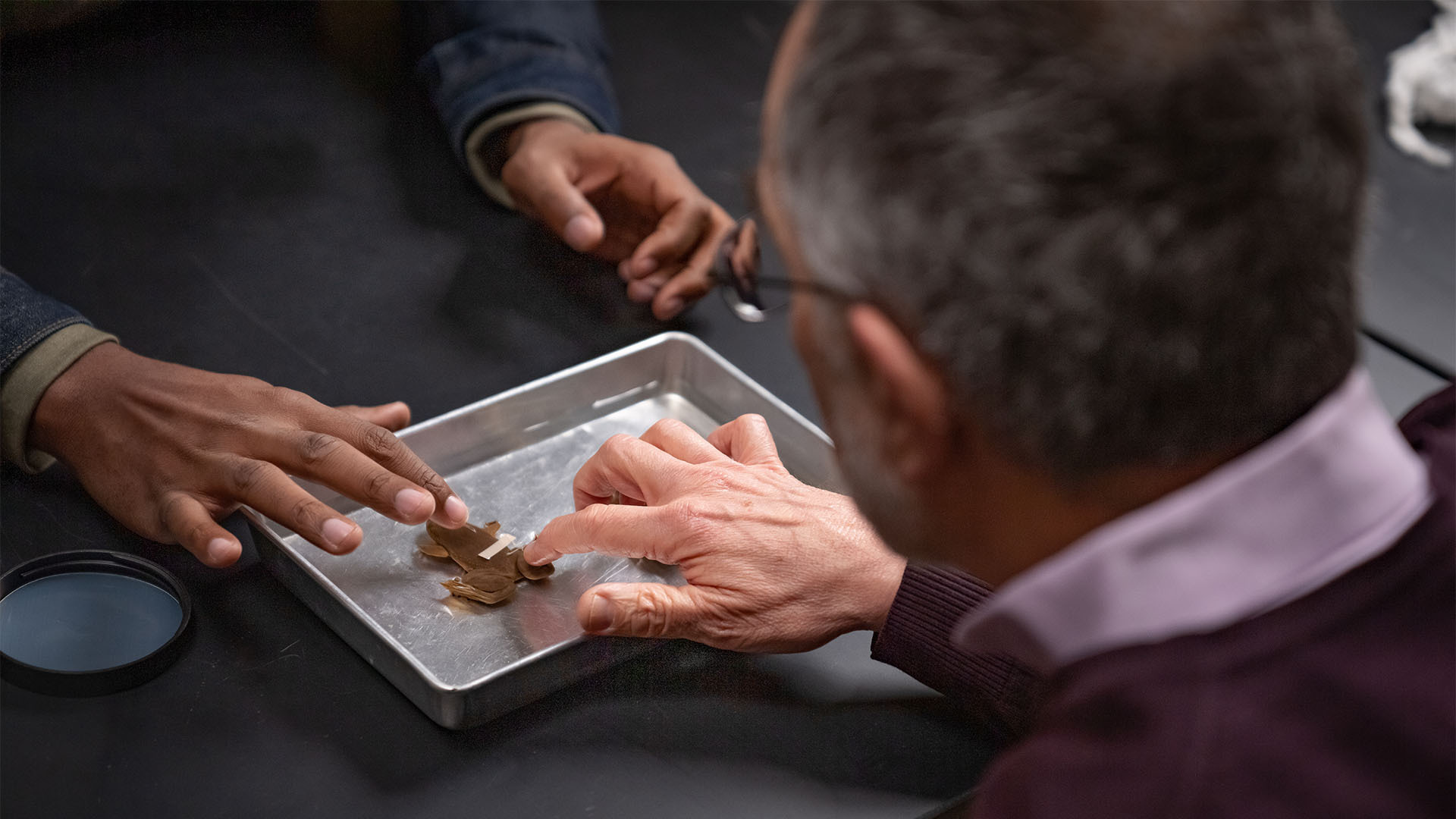
Today’s pregnancy tests have an unlikely ancestor: the African clawed frog, or Xenopus laevis. In the early 1930s, researchers discovered that this wide-eyed amphibian responded to human pregnancy hormones.
Here’s how it worked: A woman provided a urine sample to be injected under a female frog’s skin. If the woman was pregnant, a hormone called “human chorionic gonadotropin” triggered ovulation and the frog would lay eggs.
Although these amphibians have since been replaced by more modern tests and have actually been labeled invasive species, Shane spends Episode 4 learning that they did a lot for us during their time in the spotlight.
Support your local PBS station in our mission to inspire, enrich, and educate.
#5: Singapore Legally Requires Green Architecture

In Episode 5, Shane visits Singapore to explore a breathtaking urban oasis. Despite being one of the most heavily populated countries in the world, Singapore also has one of the most carbon-efficient economies — and it shows.
Some parts of Singapore have particular requirements for urban areas. If you cover nature with a new building, you must replace all of that green space in, on or around your new creation. This has led to some engineering marvels that are great for both the environment and the people who call it home.
Learn More About Your Human Footprint
We all have a human footprint. To learn more about yours and the way it impacts the world around you, join Shane on his worldwide adventure. You’ll learn about invasive species, rapid evolution, extinction, climate change and how humans play a critical role in starting and stopping all of it.
Watch full episodes of “Human Footprint” on PBS.
This article was researched and compiled by Brafton in collaboration with PBS.

The PBS 'What to Watch' Weekly Newsletter
What to Watch delivers the best shows and content PBS has to offer each week.


